Benefits, Costs, and Results of PRP + Stem Cell Therapy in Malaysia
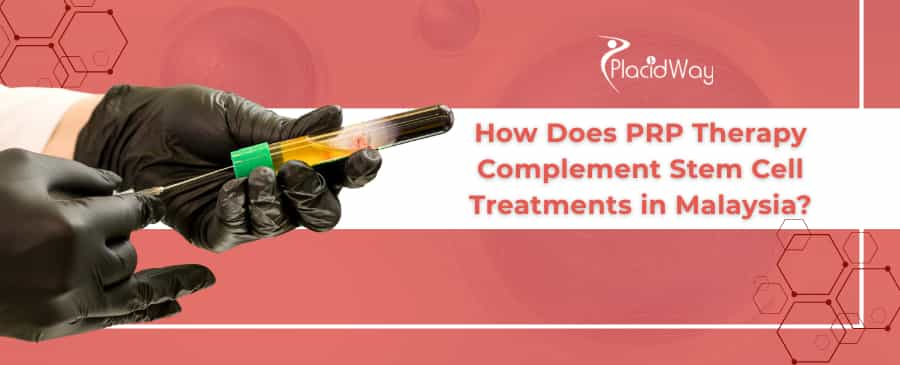
Regenerative medicine has become one of the most talked-about fields in healthcare, and Malaysia is quickly establishing itself as a premier destination for these advanced therapies. If you have been researching ways to heal chronic joint pain, restore thinning hair, or rejuvenate aging skin, you have likely come across two major terms: Stem Cell Therapy and Platelet-Rich Plasma (PRP). While each is powerful on its own, many top Malaysian clinics are now combining them to achieve superior results.
So, how exactly does PRP therapy complement stem cell treatments in Malaysia? Think of it this way: if stem cells are the "seeds" capable of growing into new tissue (like cartilage or skin), then PRP is the "fertilizer." PRP provides the necessary nutrients and signals that help those seeds take root and flourish. By mixing the patient's own platelet-rich plasma with stem cells, doctors can create a supercharged healing environment that the body often struggles to produce on its own, especially as we age.
In this guide, we will look at why this combination is gaining popularity in Kuala Lumpur, Penang, and other Malaysian medical hubs. We will cover the real costs, the specific benefits for knees and hair, and the safety regulations you need to know about. Whether you are an athlete looking to avoid surgery or someone seeking natural anti-aging solutions, understanding this synergy can help you make a smarter decision about your health.
What is the main benefit of combining PRP with stem cell therapy?
When used alone, stem cells have the incredible ability to transform into the specific types of cells the body needs, such as cartilage, bone, or muscle cells. However, for stem cells to work effectively, they need a supportive environment. This is where Platelet-Rich Plasma (PRP) steps in. PRP is derived from your own blood and is packed with proteins known as growth factors.
When PRP and stem cells are administered together, the PRP acts as a scaffold. It helps hold the stem cells in the injured area (like a knee joint or scalp) and prevents them from washing away. More importantly, the growth factors in PRP send chemical signals to the stem cells, essentially telling them to "wake up" and start repairing tissue. This synergy often results in faster healing times and more durable tissue regeneration compared to using either treatment in isolation.
How does PRP act as a catalyst for stem cells?
To understand the biological mechanism, imagine your body as a construction site. Stem cells are the workers ready to build, but they need instructions and energy. PRP supplies both. The platelets in PRP release specific cytokines and growth factors, such as Platelet-Derived Growth Factor (PDGF) and Transforming Growth Factor-beta (TGF-b).
These elements perform three critical functions:
- Recruitment: They attract the body's local repair cells to the site of injury.
- Proliferation: They stimulate the stem cells to multiply, increasing the number of "workers" available for repair.
- Differentiation: They help guide the stem cells to become the specific tissue needed, such as cartilage for a runner's knee or collagen for aging skin.
What conditions are best treated with this combination in Malaysia?
Malaysian clinics have adopted this dual-therapy approach across several medical disciplines. The most common application is in orthopedics. Patients suffering from knee osteoarthritis, rotator cuff tears, or tennis elbow often find that the combination offers better pain relief and functional improvement than cortisone shots or surgery. The goal is to regrow worn-out cartilage and reduce chronic inflammation.
Beyond joints, aesthetic medicine is a massive market for this therapy in Malaysia. For hair loss, the combination revitalizes dormant hair follicles more effectively than PRP alone. In skincare, often called the "Vampire Facelift" (when combined with microneedling or injections), it boosts collagen production significantly, smoothing out deep wrinkles and acne scars. Doctors in Kuala Lumpur are also using it for wound care, specifically for diabetic ulcers that are difficult to heal.
What is the cost of PRP and stem cell therapy in Malaysia?
One of the primary reasons patients travel to Malaysia is the affordability of high-quality care. While prices vary based on the source of stem cells (bone marrow vs. umbilical cord) and the clinic's location, the savings are substantial. Below is a detailed comparison of estimated costs.
| Treatment Type | Cost in Malaysia (MYR) | Cost in Malaysia (USD) | Cost in USA (USD) | Potential Savings |
|---|---|---|---|---|
| PRP Injection (Per Knee/Session) | RM 1,500 - RM 3,000 | $350 - $700 | $750 - $1,500 | 50% |
| Stem Cell Therapy (Knee/Joint) | RM 12,000 - RM 25,000 | $2,800 - $5,800 | $5,000 - $10,000 | 40-50% |
| Combined PRP + Stem Cell (Knee) | RM 15,000 - RM 30,000 | $3,500 - $7,000 | $12,000 - $25,000 | 70% |
| Hair Restoration (Combined) | RM 8,000 - RM 18,000 | $1,900 - $4,200 | $6,000 - $15,000 | 65% |
| Facial Rejuvenation (Combined) | RM 6,000 - RM 15,000 | $1,400 - $3,500 | $4,000 - $8,000 | 60% |
Note: Prices are estimates and depend on the specific protocol (e.g., number of cells injected).
How effective is the combination for Knee Osteoarthritis?
Knee osteoarthritis is the leading reason patients seek regenerative treatment in Malaysia. The "wear and tear" of joint cartilage causes bone-on-bone friction, leading to severe pain. Standard treatments like painkillers only mask the symptoms. The PRP and stem cell combination targets the root cause.
The stem cells differentiate into chondrocytes (cartilage cells), while the PRP reduces the hostile inflammatory environment in the knee. Clinical observations suggest that patients with mild to moderate arthritis (Grades 1-3) see the most significant improvement. Patients often report a reduction in pain within 4 to 6 weeks, with continued improvement over 6 to 12 months. It can delay or even eliminate the need for total knee replacement surgery for many candidates.
Can PRP and Stem Cells regrow hair?
For those suffering from male or female pattern baldness, this combination is a non-surgical alternative to hair transplants. PRP alone is good for thickening existing hair, but adding stem cells (often derived from the patient's own fat or umbilical cord tissue) provides a stronger regenerative boost.
The treatment works by extending the anagen (growth) phase of the hair cycle and fighting off follicle miniaturization. In Malaysia, this is a popular lunch-break procedure. The stem cells repair the tissue around the follicle, while PRP ensures adequate blood flow. Results typically appear after 3 to 4 months, showing thicker, denser hair growth in thinning areas.
What is the difference between PRP and Stem Cell therapy?
It is crucial to understand that these are two distinct biological products. PRP (Platelet-Rich Plasma) is created by spinning your own blood to concentrate the platelets. It does not contain stem cells; it contains the signals that tell cells to heal. It is generally cheaper and easier to prepare.
Stem Cell Therapy involves harvesting live cells, either from your own body (autologous) like bone marrow or fat, or from a donor (allogeneic) like umbilical cord tissue. These cells are the building blocks of tissue. Stem cell therapy is more complex and expensive but has a higher potential for regenerating tissue in severe cases. Using them together harnesses the strengths of both.
How is the procedure performed in Malaysian clinics?
The process in Malaysia follows strict medical protocols. It typically starts with a simple blood draw from your arm. This blood is placed in a centrifuge machine to separate the PRP. Simultaneously, the doctor prepares the stem cells. If they are using your own bone marrow, they will numb your hip and aspirate a small amount of marrow. If using umbilical cord cells, these are thawed from a cryopreserved vial.
Once both components are ready, they are often mixed in the same syringe. The doctor then cleans the treatment site (knee, scalp, or face) and injects the solution. For joints, top clinics in Malaysia use ultrasound or fluoroscopy guidance to ensure the needle places the cells exactly where the damage is, maximizing the treatment's effectiveness.
Are there any risks or side effects?
Safety is a top priority. Because PRP comes from your own blood, there is zero risk of rejection. When using autologous stem cells (from your own body), the safety profile is similarly high. The most common side effects are mild pain, swelling, or stiffness at the injection site for 2 to 3 days post-procedure. This is actually a sign that the healing process has begun.
If you opt for umbilical cord stem cells, reputable clinics in Malaysia use cells that are screened rigorously for diseases and sterility. While rare, infection is a risk with any injection, which is why it is vital to choose a sterile, accredited facility rather than a beauty spa for these medical procedures.
Is stem cell therapy legal in Malaysia?
Malaysia has a robust regulatory framework for regenerative medicine. The Ministry of Health (MOH) oversees the industry. Establishments offering stem cell treatments must adhere to the Guidelines for Stem Cell Research and Therapy. This ensures that clinics maintain high standards of hygiene, processing, and ethics.
The National Pharmaceutical Regulatory Agency (NPRA) evaluates cell therapy products. Unlike some countries where the market is a "wild west," Malaysia’s government actively monitors these therapies to promote medical tourism. However, patients should still verify that their chosen doctor is a credentialed medical professional and not just a beautician.
Why is Malaysia a top destination for regenerative medicine?
Malaysia consistently ranks as one of the world's best medical tourism destinations. The healthcare system is modeled after the British system, meaning almost all doctors speak fluent English, and many have trained in the UK or Australia. This eliminates the communication barrier that patients fear abroad.
Furthermore, Malaysian hospitals are equipped with cutting-edge technology. You get access to the same FDA-approved devices and ISO-certified labs as you would in the US, but with the hospitality and affordability of Southeast Asia. The combination of high-quality care, strict regulation, and tourism appeal makes it an ideal place for a treatment that requires a few days of recovery.
How many sessions are typically required?
Regenerative medicine is not a "one size fits all" solution. For mild knee arthritis or skin rejuvenation, a single session of combined PRP and Stem Cells may be sufficient to see results for a year or more. However, for more severe conditions or aggressive hair loss, doctors may recommend a protocol of 2 or 3 treatments.
Commonly, a "booster" strategy is used. This might involve one major Stem Cell + PRP injection, followed by 1 or 2 smaller PRP-only injections a month later to keep the environment fertile for the stem cells to continue their work. Your doctor in Malaysia will customize this plan during your consultation.
What constitutes the recovery period?
One of the biggest advantages of this non-surgical approach is the minimal downtime. Unlike a knee replacement which requires months of rehab, stem cell and PRP patients usually walk out of the clinic the same day. You may need to rest the treated area for the first 24 hours.
For joint treatments, doctors usually advise avoiding high-impact sports (like running or heavy lifting) for roughly 2 to 4 weeks to allow the cells to attach and begin the repair process. For facial or hair treatments, you might experience some redness or minor bruising that resolves in a few days, allowing you to return to work almost immediately.
How do I choose the right clinic in Malaysia?
With the popularity of these treatments, many clinics have opened their doors. To ensure safety, look for a clinic that specializes in orthopedics or medical aesthetics rather than a general wellness spa. Ask questions like: "Where do you source your stem cells?" and "does the doctor perform the injection using image guidance?"
Clinics accredited by bodies like the Malaysia Healthcare Travel Council (MHTC) are generally safe bets, as they are vetted for international patients. Transparency is key—if a clinic promises a "miracle cure" with 100% guarantees, it is a red flag. Legitimate medical providers will discuss realistic outcomes.
Does insurance cover these treatments?
In general, regenerative therapies are considered "elective" or "experimental" by major insurance companies, meaning you will likely have to pay out-of-pocket. This is true in the US, UK, and Malaysia. However, because the cost in Malaysia is so much lower, many patients find it affordable to pay cash.
Some expat insurance plans or premium international health policies might cover the consultation or diagnostic imaging (X-rays/MRI) associated with the treatment, even if they don't cover the injection itself. It is always worth checking with your provider beforehand.
What is the success rate of combined therapy?
While results vary by individual, the data is encouraging. For knee osteoarthritis, clinical studies and patient reports suggest a success rate of around 70-80% in terms of significant pain reduction and improved mobility. These results can last anywhere from several years to indefinitely, depending on lifestyle factors.
For hair restoration, success is measured by the thickening of hair and halting of shedding. High satisfaction rates are reported when the treatment is started in the early to moderate stages of hair loss. It is less effective for completely bald areas where follicles are dead. Managing expectations with your Malaysian specialist is the best way to ensure satisfaction.
Ready to Explore Regenerative Medicine in Malaysia?
Find top-rated clinics and specialized doctors for PRP and Stem Cell therapy in Malaysia. Get a free quote and personalized treatment plan today.


.png)

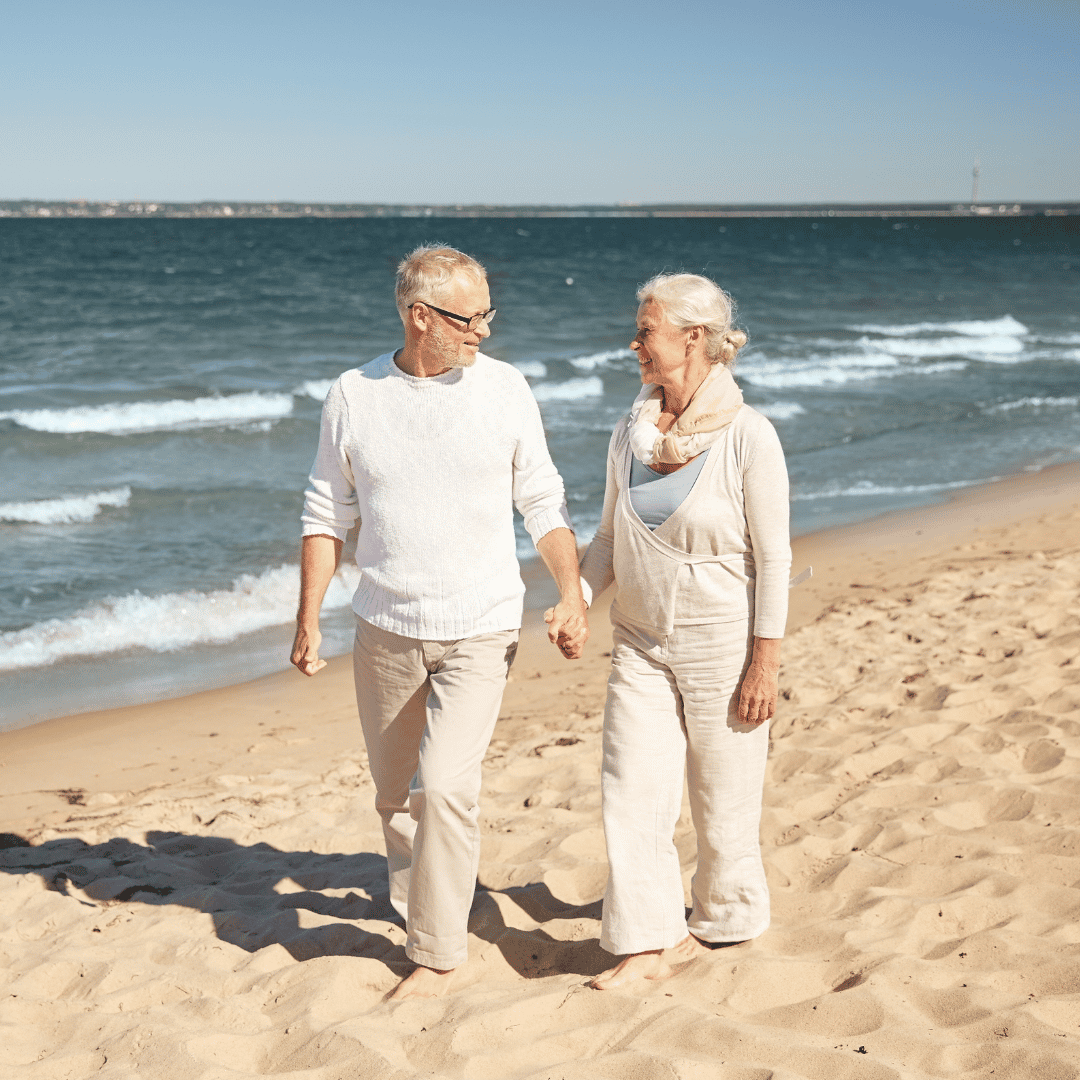

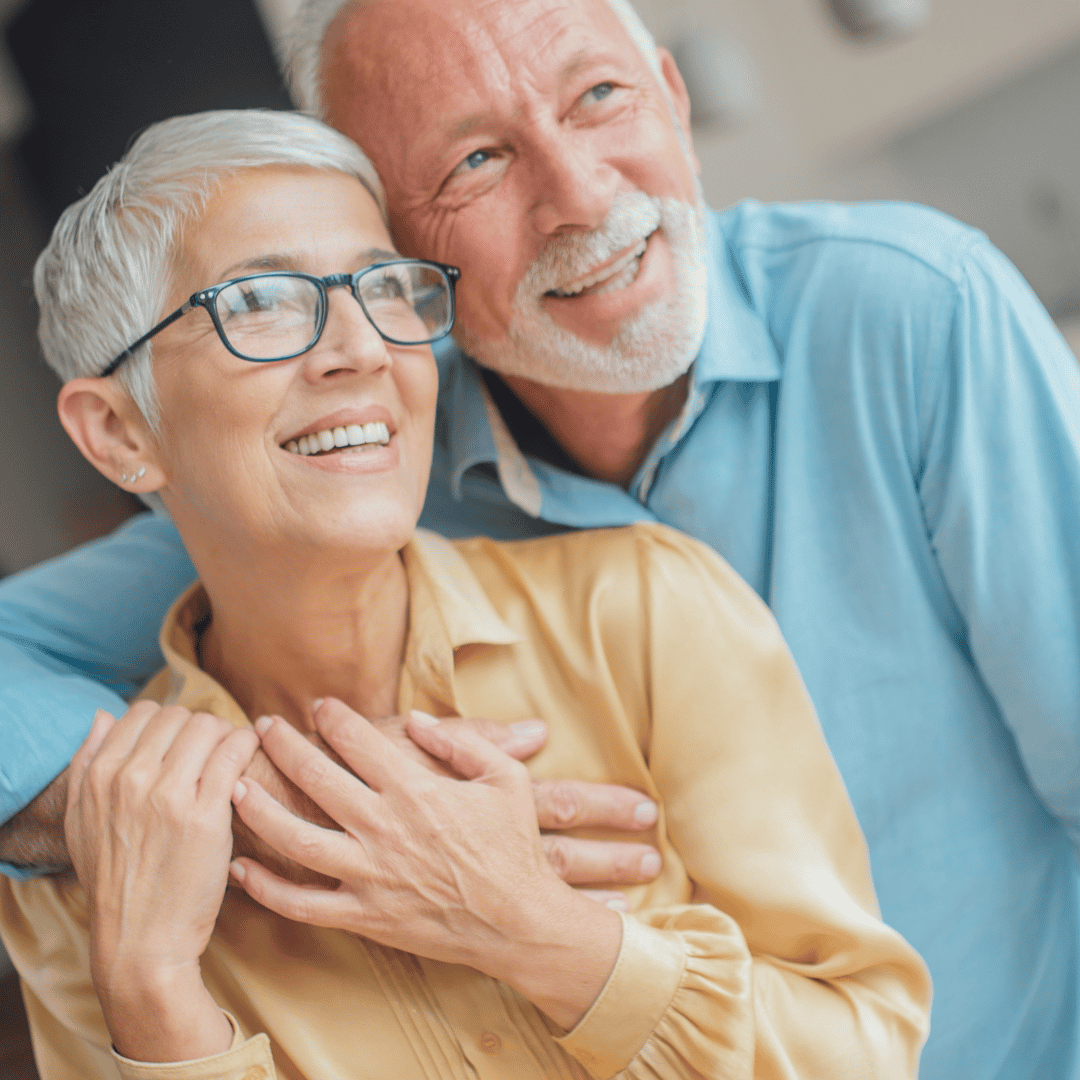
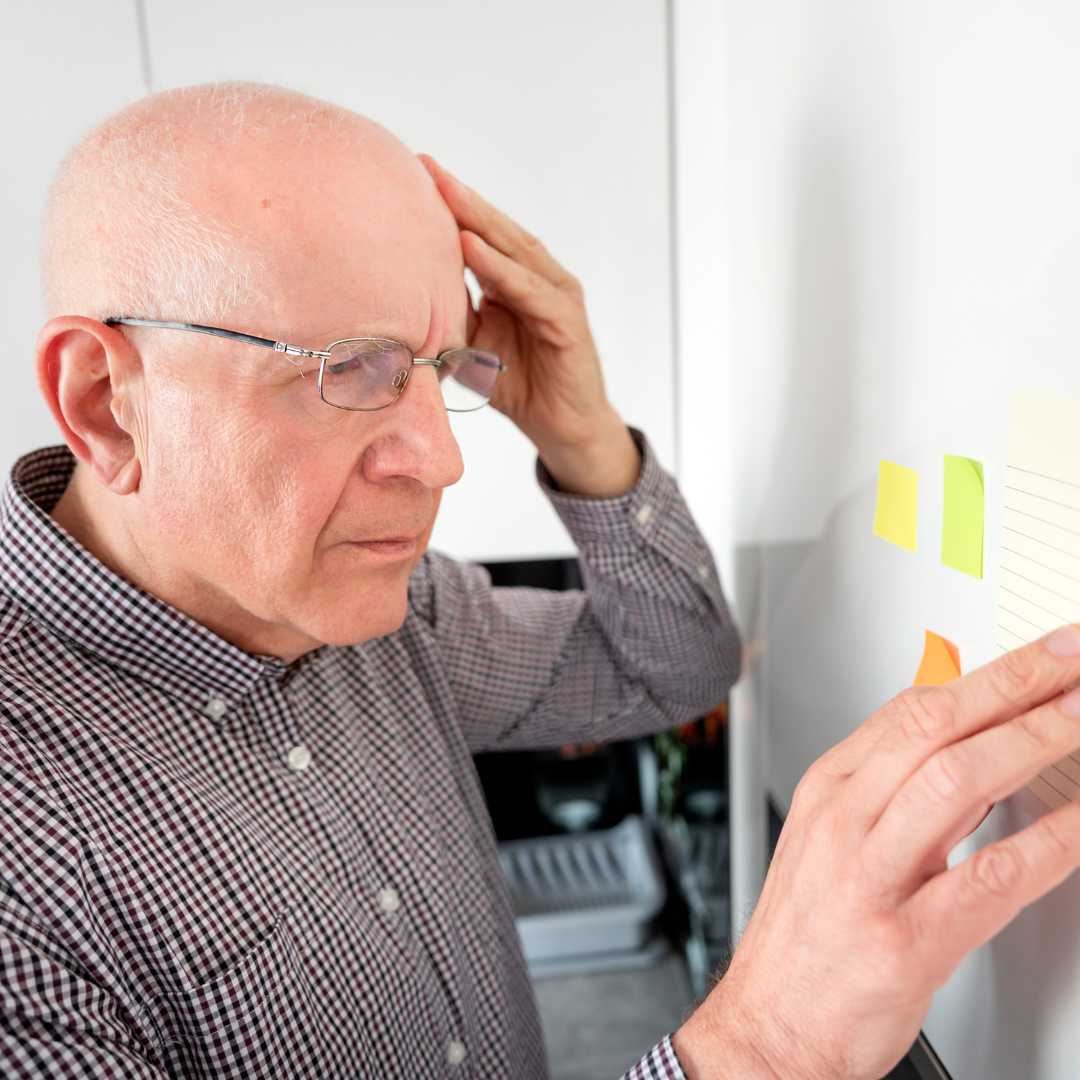


.png)



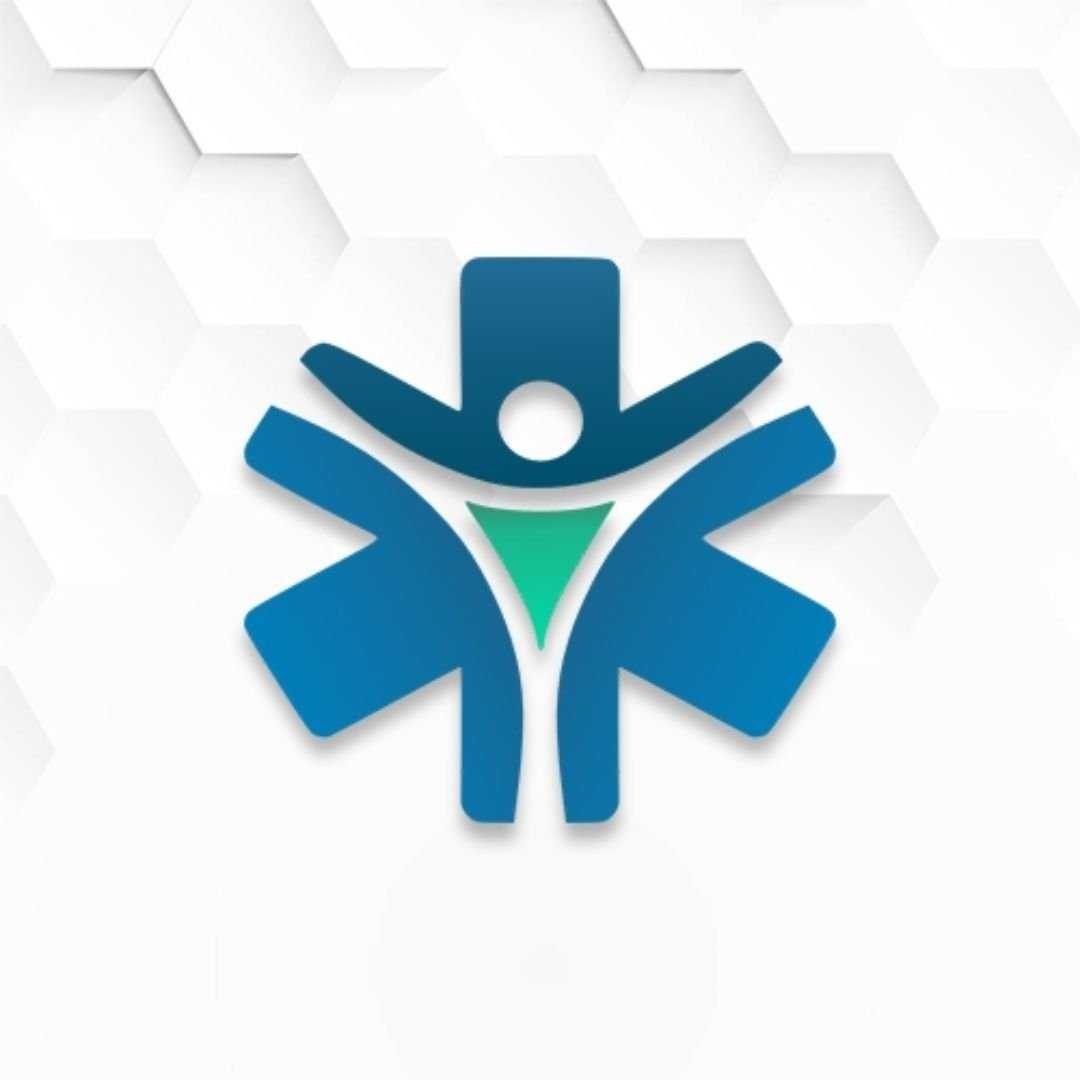
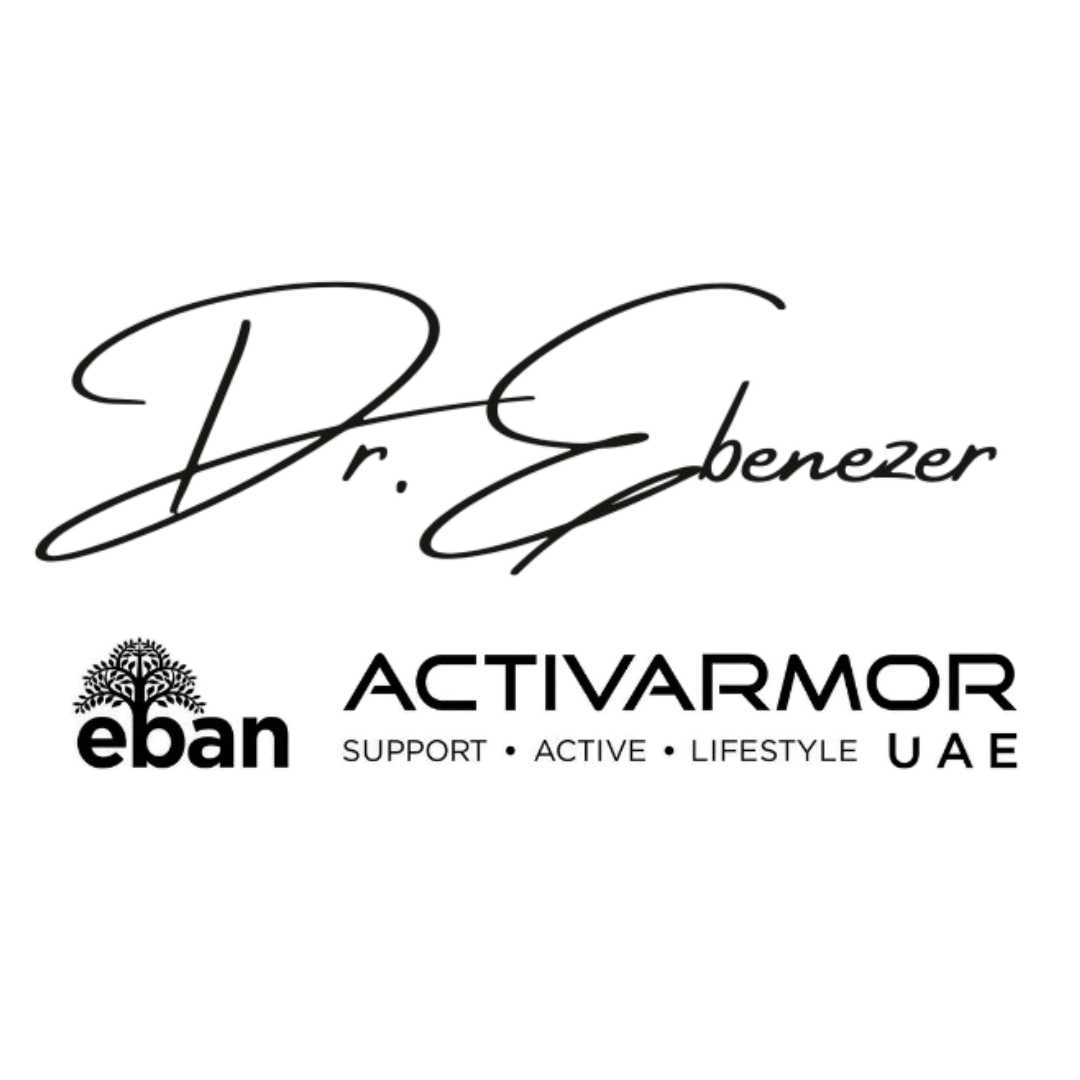

Share this listing